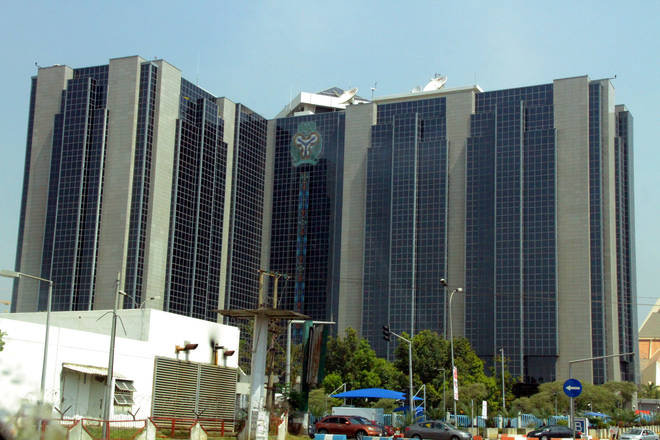Snippets into the Nov 2018 MPC outcomes
Meanwhile to ensure Nigeria’s economy remains robust and drive down inflation further, the MPC voted to hold all key rates. In summary the MPC, the MPC voted to: retain the MPR at 14 per cent; retain the asymmetric corridor of +200/-500 basis points around the MPR; retain the CRR at 22.5 per cent; and retain […]

Central Bank of Nigeria (CBN)
Meanwhile to ensure Nigeria’s economy remains robust and drive down inflation further, the MPC voted to hold all key rates. In summary the MPC, the MPC voted to: retain the MPR at 14 per cent; retain the asymmetric corridor of +200/-500 basis points around the MPR; retain the CRR at 22.5 per cent; and retain the Liquidity Ratio at 30 per cent.
Committee’s Considerations at the MPC
The Committee assessed the macroeconomic environment in 2018 and noted the modest stability thus far achieved in domestic prices, output growth and the financial system. The Committee noted that the economy was on the right path but some key sectors continued to experience significant challenges.
The MPC, however, expressed concern about the tepid growth expectations and growing uncertainty in the global financial markets arising from the poor reception of the Brexit deal by British politicians, continuing trade war between the US and her major trading partners, as well as the commencement of US sanctions on Iran.
The Committee believed that although the domestic economy was recovering modestly from recession, however, the recovery was tepid and efforts should be stepped up to strengthen aggregate output and demand.
In this regard, the Committee urged the CBN to deepen and broaden access
to finance to high employment elastic sectors with particular emphasis on small and medium scale enterprises. The Committee called on the CBN to extend the success recorded under the Anchor Borrowers Programme to other items including fish and palm oil, etc. by introducing more stringent measures to curb access to foreign exchange for products that can be produced within Nigeria.
The MPC welcomed the moderation in inflation in October, reflecting declining food prices. The Committee believes that given the negative output gap, the proposed increase in the national minimum wage would stimulate output growth due to prolonged weak aggregate demand arising from salary arrears and contractor debt. Consequently, its impact on the aggregate price level would be largely muted, given that the monetary aggregates have largely underperformed in fiscal 2018. In addition, the prevailing stability in the foreign exchange market would continue to moderate pressures on the domestic price level.
The MPC noted the improvements in the financial stability indicators, including non-performing loans, capital adequacy and liquidity ratios of the Deposit Money Banks (DMBs). It urged the Bank to sustain its surveillance over the Banking industry by taking prompt corrective measures to further improve stability in the system. The Committee also called on the fiscal authorities to build significant buffers to strengthen the efficacy of monetary policy.
Overall, the MPC considered the options to loosen, hold or tighten. The Committee continues to hold the view that although loosening would encourage the flow of credit to the real sector, help in reduction of the aggregate cost of credit and spur business spending and investment, thereby reinforcing the CBN’s support for output growth and economic recovery, it, however, believed that doing so will reverse more rapidly, the gains of price and exchange rate stability achieved so far given the liquidity impact that would entail. The ensuing liquidity will exert pressure on the exchange rate in the light of increased capital flow reversals arising from monetary policy normalisation by the US Fed. This would further depress the capital market.
As for tightening, The MPC hold the view that, while tightening will strengthen the stability of the foreign exchange market because of its dampening effect on the demand for foreign exchange, it was however convinced that this would simultaneously dampen investment growth, widen the output gap, depress aggregate demand and weaken output growth.
The MPC recognises the fact that it had held the policy rate and other policy parameters constant over the last several meetings. The Committee underscores that by holding its policy position constant, it has confidence in the various policies and administrative measures deployed by the Bank which have resulted in the moderation in domestic price levels and stability in the foreign exchange rate. Thus, a hold position is an expression of confidence in the policy regime, given the gradual improvements in both output growth and price stability. On this premise, the downside risks to growth and upside risks to inflation appears contained.
